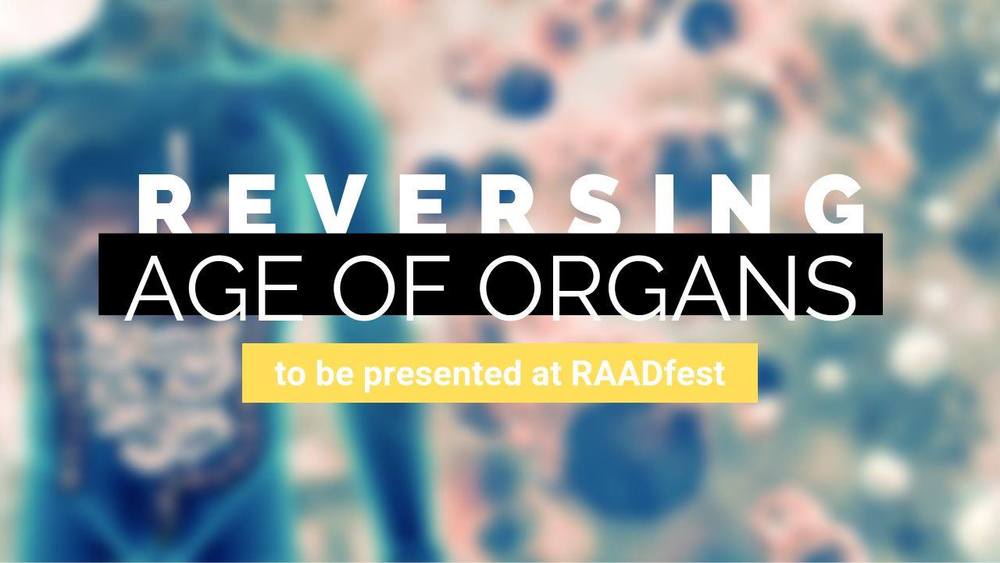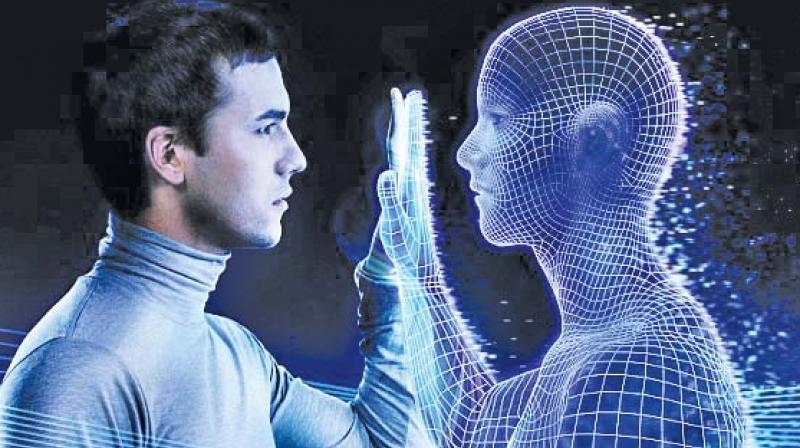Owning one full bitcoin is becoming a recognized attainment goal. And thereby hangs a tale.
Is it just a numbers game? Isn’t the unit a bit arbitrary and meaningless?…
The logistics and the math are compelling. I recognized the importance of reaching this personal milestone more than 8 years ago. But I was a nobody. No one cared. Then, in April 2019, we started to see articles in legitimate venues about this concept—and articulated in exactly this way. I borrowed the title of this post from this article in Medium.
Who Says So?
In the Before Time, the drum beat came from me, Charlie Shrem and Andreas Antonopoulos. In the Middle Age, Tim Draper, Craig Wright and the Winklevoss twins contributed to the siren call. But in the Modern Era (the past few days), it has become a mainstream mantra. Coinbase CEO, Brian Armstrong, added his voice to the idea that owning one full Bitcoin is not just an exercise in numerology.
“For better or worse, I do think owning one whole Bitcoin will increasingly become a big deal. Only 21M will ever be produced. Some people already own much more than one.”
—Brian Armstrong, Aug 25 2019
“If you own 1 BTC, you are mathematically guaranteed to be top 3/1000 richest in the world, in BTC terms. (21m / 7B).”
—Changpeng Zhao, Aug 25 2019
“If you own 0.28 BTC and HODL, you can be certain no more than 1% of the current world’s population can EVER own more BTC than you. A modest investment of $1,830 today can ensure you are a 1%er in a future Bitcoin world.”
—Steve Lee, Aug 25
In a March editorial, Xapo CEO, Wences Casares advised investment fund managers: “Most portfolios should allocate up to 1% to Bitcoin”. He also said:
“If Bitcoin succeeds, 1 Bitcoin may be worth more than $1 million in 7 to 10 years.”
— Wences Casares, CEO of Xapo; PayPal Board of Directors

Despite getting religion early on, I have mixed feelings about this. The investor mindset— HODL, flipping and converting to Fiat—is the biggest threat to adoption, ubiquity, fluidity and utility. Currently, 98% of all transactions are driven by people buying or selling bitcoin, rather than using bitcoin to buy lettuce, a new SUV or a family vacation. That’s the problem. Bitcoin will fail to gain mainstream appeal and adoption until the fraction of transactions driven by purchase & sale, salary, debt payment, real-estate and buying groceries dwarfs the fraction driven by traders or conversion into and from Fiat.

Yet, it is impossible to resist the lure of a deflationary commodity during the early adoption era. The supply cap and adoption math clearly points to a rising unit value. What is the point in having the capacity and foresight to recognize a new technology or a radically transformative paradigm if you cannot treat it as an investment asset, while waiting for adoption?
I don’t know how we will push through the chicken-and-egg problem of volatility–utility–adoption–ubiquity. But I am confident that Bitcoin will ultimately reign supreme—not just as a payment instrument—but as a store of value and a leading international currency.
For now, this opinion is still in the minority. Otherwise a commodity with only 18 million units in circulation would have a far higher value than the current exchange rate. It is from this certainty and disparity that opportunity arises.
For those that don’t quite get Bitcoin, owning one full bitcoin seems like an arbitrary goal to achieve. After all, it is a useless token that can be imitated by other—better—cryptos. To these folks, Bitcoin is a fad, a fools gold, or an outright scam.

What they don’t get is the legitimate, organic, two-sided network that buttresses bitcoin and no other currency. A new-age intrinsic value that surpasses the utility & scarcity of gold, but with benefits that outstrip gold and fiat. The inherent value and the pillars that support value are unlikely to be eroded or transferred, even during periods of technical crisis, hacking or regulatory hysteria.
If something better than Bitcoin comes along, two things will happen to ensure supremacy:
- Improvements will be folded into Bitcoin. After all, a trusted crypto is open source, transparent and license free. The leader can snag any feature or improvement.
- If another chit is more fluid, flexible, friction free or private, Bitcoin will remain the background reserve through which other “instruments” derive value. This is already occurring.
So, should you buy into the hype? Should you accumulate one full bitcoin while you still can? At the risk of obnoxious immodesty, here is one more quote. Add it to the list at the top of this article. Then, decide for yourself!
“The handwriting is on the wall. Popular adoption is a work in progress. But it is, nevertheless, fait accompli. This handwriting is indelible.”
—Phil Raymond, Lifeboat.com
Related:
- Bitcoin Adoption—a Series of Reactions
- Owning One Whole Bitcoin will Become a Big Deal
- No, You Don’t Have to Buy a Whole Bitcoin
- Still an Early Stage: If You Hold 0.28 BTC, You’re Part of the 1%
- Fund Managers: The Case for Small Allocation to Bitcoin
- Why is Bitcoin Capped at 21 Million Units?
Philip Raymond co-chairs CRYPSA, hosts the Bitcoin Event and is keynote speaker at Cryptocurrency Conferences. He is a top writer at Quora.








